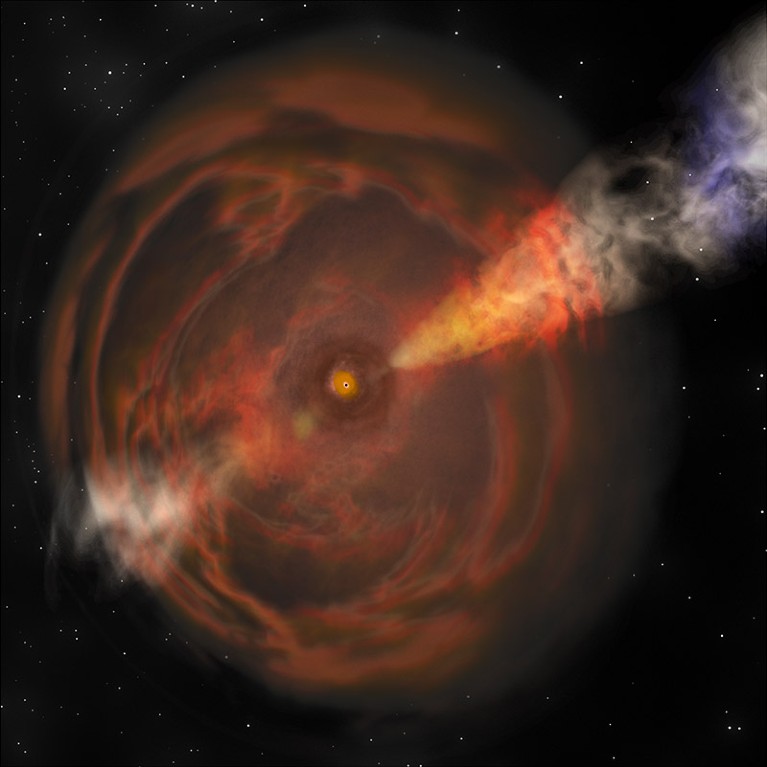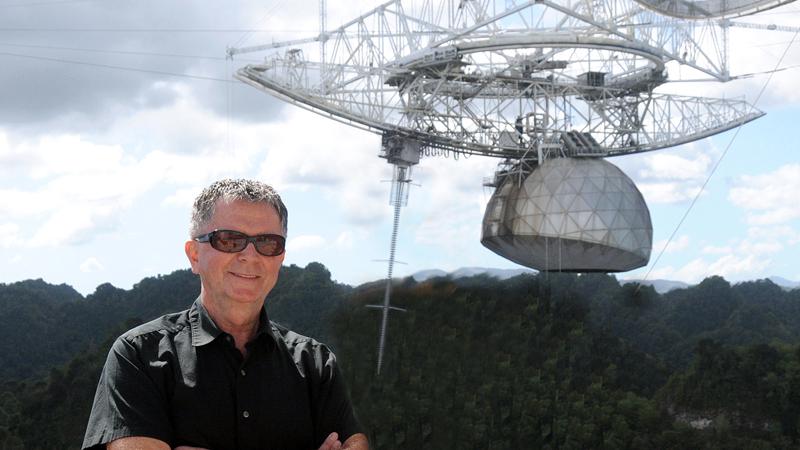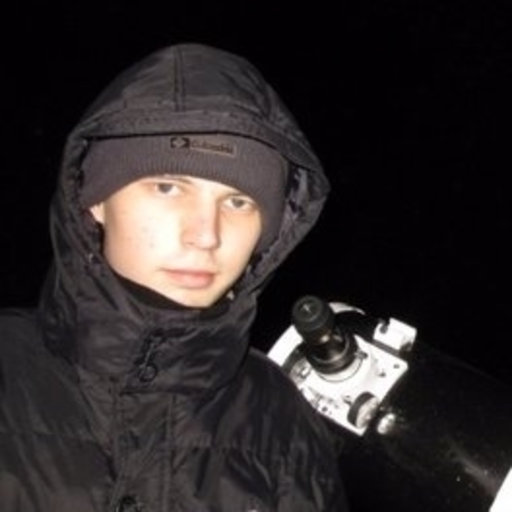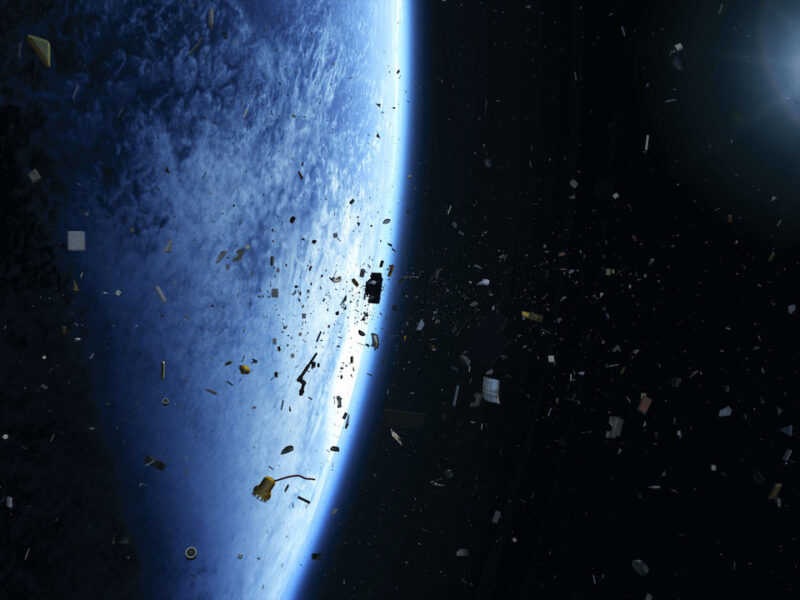-
Mysterious ‘Tasmanian devil’ space explosion baffles astronomers

An artist’s impression of an LFBOT explosion.Credit: Bill Saxton, NRAO/AUI/NSF An explosion in space nicknamed the Tasmanian devil has confused astronomers by flashing at peak brightness more than a dozen times, months after the initial event. The observation, while posing new questions, could help to narrow down what might cause such explosions, which are known…
-
Sultan bin Ahmed witnesses Astronomy and Space Sciences Conf 14

Sharjah24: In cooperation with the University of Sharjah and the Sharjah Academy For Astronomy, Space Sciences and Technology, Sheikh Sultan bin Ahmed bin Sultan Al Qasimi, Deputy Ruler of Sharjah and President of the University of Sharjah, witnessed, on Wednesday morning, the opening of the 14th Arabic Conference of the Arab Union for Astronomy and…
-
Penn State Astronomer Alexander Wolszczan named Atherton Professor

UNIVERSITY PARK, Pa. — Alexander Wolszczan, Evan Pugh Professor of Astronomy and Astrophysics, has been honored by Penn State with the title of Atherton Professor, effective Jan. 1, 2024, on his retirement. The University created the Atherton Professorship to recognize the continuing high level of scholarly or creative activity Evan Pugh University Professors may pursue…
-
Astronomy Club hosting lecture on gravitational waves
QUINCY — The Quincy Astronomy Club will present a public lecture on gravitational waves starting at 7 p.m. on Thursday. The lecture, titled “Gravitational Waves and Things That Go Bump In The Night,” will be hosted at John Wood Community College in room D022/023. Dr. Randy Wolfmeyer, JWCC professor of astronomy, will be the lecturer.
-
Frank Borman fell in love with flight and that led him to the stars

Frank Borman takes a phone call from President Lyndon Johnson. Last week’s passing of Frank Borman, who led humanity’s first circumnavigation of the Moon, reduces the surviving number of Apollo lunar voyagers to eight. Aged 95, Borman was the oldest living space traveller, an uncomplicated military man of grit, tenacity and unswerving devotion to the…
-
Dedicated Amateur Astronomer Makes Rare Pair of Asteroid Discoveries

Two recent asteroid discoveries made by an amateur astronomer highlight what is possible, with access to the right equipment. When it comes to hunting for new astronomical discoveries these days, the competition is stiff. Gone are the days of the lone astronomer with a telescope perched on a lonely hilltop, patiently sweeping the skies looking…
-
Oxford professor unpacks Webb findings and key challenges in astronomy
NASA and the astronomy community invested a whopping $10 billion over two decades to build the James Webb Space Telescope (JWST) — the world’s most advanced and powerful astronomical instrument. While the telescope has been actively collecting data and providing new insights and discoveries about the universe, a renowned expert highlights that Webb’s findings have…
-
Astronomers have just discovered an 8 billion-year-old radio signal
An eight billion-year-old radio signal containing extreme levels of energy has been discovered by astronomers. According to the journal Science, a “fast radio burst” was recorded as lasting for just a millisecond. The radio-frequency electromagnetic radiation was identified as FRB 20220610A, and it contained a truly staggering level of energy – releasing the same amount…
-
Astronomers want to give space a socially conscious makeover, push for renaming Magellan galaxies
Stars, galaxies, and their celestial names are above humans and our inherent bigotry…or are they? A group of scientists has called for the renaming of galaxies named after a 16th-century explorer, who they say left behind a “violent colonialist legacy”. They say that science is for everyone and that astrological objects should not be named…
-
GSOA Hopes to Drive Space Sustainability With New Code of Conduct

ESA illustration of space debris. Photo: ESA The Global Satellite Operators Association (GSOA) hopes to play a key role and drive better behaviors in the area of space sustainability. GSOA released a Code of Conduct on Space Sustainability on Nov. 13 — calling on operators to implement responsible practices that mitigate the risk of in-orbit…
